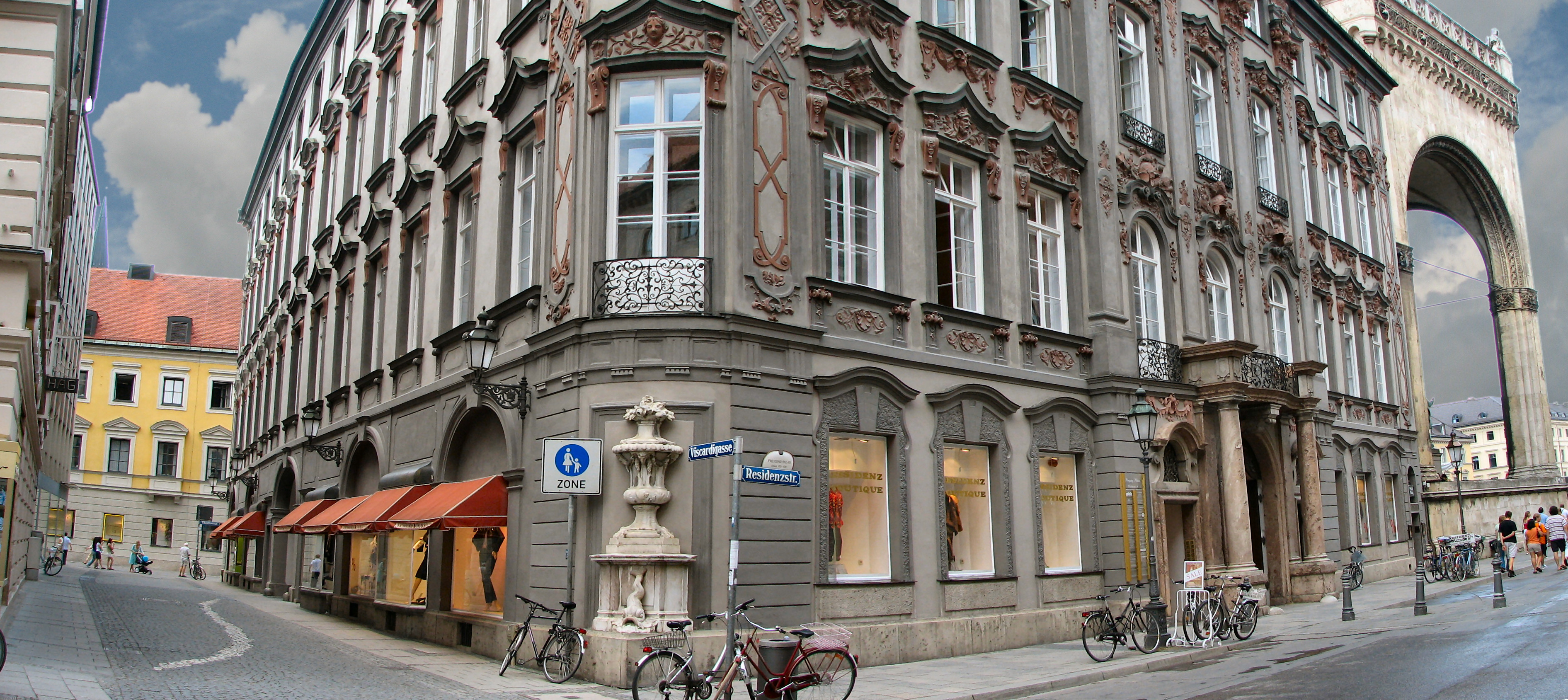|
Drückebergergasse
Drückebergergasse (English: "Shirker's Alley") is the popular name for Viscardigasse, a narrow, curbless pedestrian street, just over fifty metres long and paved with cobblestones throughout, in Munich, Germany. The street is officially named after the Swiss Baroque architect Giovanni Antonio Viscardi, but took its nickname from the 1930s, when locals could circumvent the nearby Nazi memorial to the martyrs of the 1923 Beer Hall Putsch, thus avoiding the requirement to render a Hitler salute to the guarded structure. The alley has a memorial to those who resisted such Nazi tyranny, installed in 1995, in the form of a line of bronze cobbles, "" (English: "Arguments"). It was designed by the artist . References {{DEFAULTSORT:Druckebergergasse Streets in Munich Society of Nazi Germany ... [...More Info...] [...Related Items...] OR: [Wikipedia] [Google] [Baidu] |
Blutzeugen
''Blutzeuge'' ( German for "blood witness") was a term used in Nazi Germany for members of the National Socialist German Workers' Party (NSDAP) and associated organizations considered to be martyrs. ''Blutzeuge'' was used in Nazi propaganda in the 1930s and 1940s depicting a hero cult of "fallen" Nazis who had been murdered by opponents in the political violence in Germany during the Weimar Republic and after the seizure of control in January 1933. An early Nazi usage of the term was Adolf Hitler's dedication at the start of ''Mein Kampf'', which he dedicated to the sixteen NSDAP members killed in the 1923 Beer Hall Putsch. Notable ''Blutzeuge'' * Wilhelm Gustloff, founder of the NSDAP/AO branch in Switzerland assassinated in 1936. * Herbert Norkus, 15-year-old member of the Hitler Youth murdered in a fight with '' Roter Frontkämpferbund'' youths in 1932. * Max Erwin von Scheubner-Richter, early prominent NSDAP member and close associate of Adolf Hitler killed in the ... [...More Info...] [...Related Items...] OR: [Wikipedia] [Google] [Baidu] |
Hitler Salute
The Nazi salute, also known as the Hitler salute (german: link=no, Hitlergruß, , Hitler greeting, ; also called by the Nazi Party , 'German greeting', ), or the ''Sieg Heil'' salute, is a gesture that was used as a greeting in Nazi Germany. The salute is performed by extending the right arm from the shoulder into the air with a straightened hand. Usually, the person offering the salute would say "''Heil Hitler!''" (lit. 'Hail Hitler!', ), ''"Heil, mein Führer!"'' ('Hail, my leader!'), or ''"Sieg Heil!"'' ('Hail victory!'). It was adopted in the 1930s by the Nazi Party to signal obedience to the party's leader, Adolf Hitler, and to glorify the German nation (and later the German war effort). The salute was mandatory for civiliansKershaw (2001), p. 60 but mostly optional for Wehrmacht, military personnel, who retained a traditional Salute#German military, military salute until the 20 July plot, failed assassination attempt on Hitler on 20 July 1944. Use of this salute is i ... [...More Info...] [...Related Items...] OR: [Wikipedia] [Google] [Baidu] |
München Viscardigasse
Munich ( ; german: München ; bar, Minga ) is the capital and most populous city of the German state of Bavaria. With a population of 1,558,395 inhabitants as of 31 July 2020, it is the third-largest city in Germany, after Berlin and Hamburg, and thus the largest which does not constitute its own state, as well as the 11th-largest city in the European Union. The city's metropolitan region is home to 6 million people. Straddling the banks of the River Isar (a tributary of the Danube) north of the Bavarian Alps, Munich is the seat of the Bavarian administrative region of Upper Bavaria, while being the most densely populated municipality in Germany (4,500 people per km2). Munich is the second-largest city in the Bavarian dialect area, after the Austrian capital of Vienna. The city was first mentioned in 1158. Catholic Munich strongly resisted the Reformation and was a political point of divergence during the resulting Thirty Years' War, but remained ph ... [...More Info...] [...Related Items...] OR: [Wikipedia] [Google] [Baidu] |


